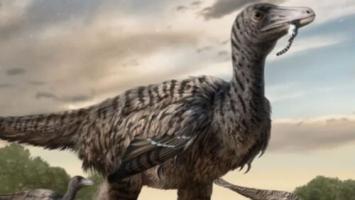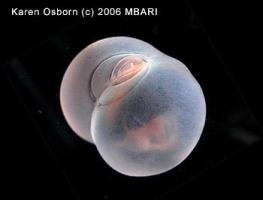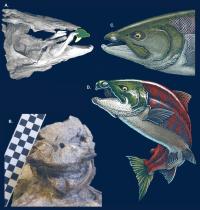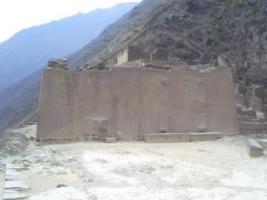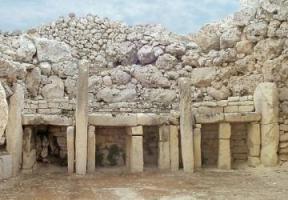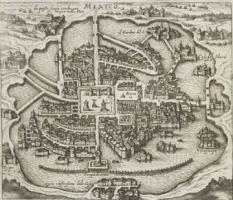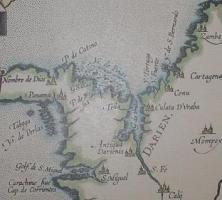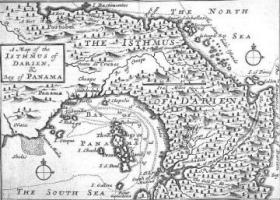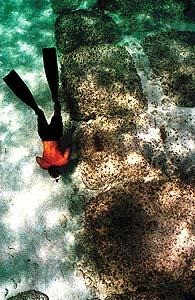The incredible adventure of the rebel Lope de Aguirre

Lost Civilizations (@lostcivilizations)
Published in
lostworlds
· 28 Apr 2024
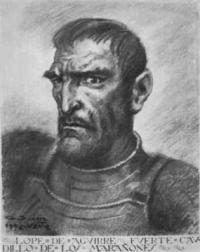
History is full of characters who are called “minor”, which means that they did not achieve glory or power. Others, however, are described as bloodthirsty and terrible, while true tyrants are often remembered as just men. This is so because whoever has control of the media distorts the truth as he pleases, in order to perpetuate his name as that of a righteous man. Frequently, those who fought for the independence of a people, but failed in their attempt, are described as a murderer or a tyrant. The Basque Lope de Aguirre , who was born in Oñate in 1518, into a family of noblemen who had fallen into disgrace, was one of the most macabre...

